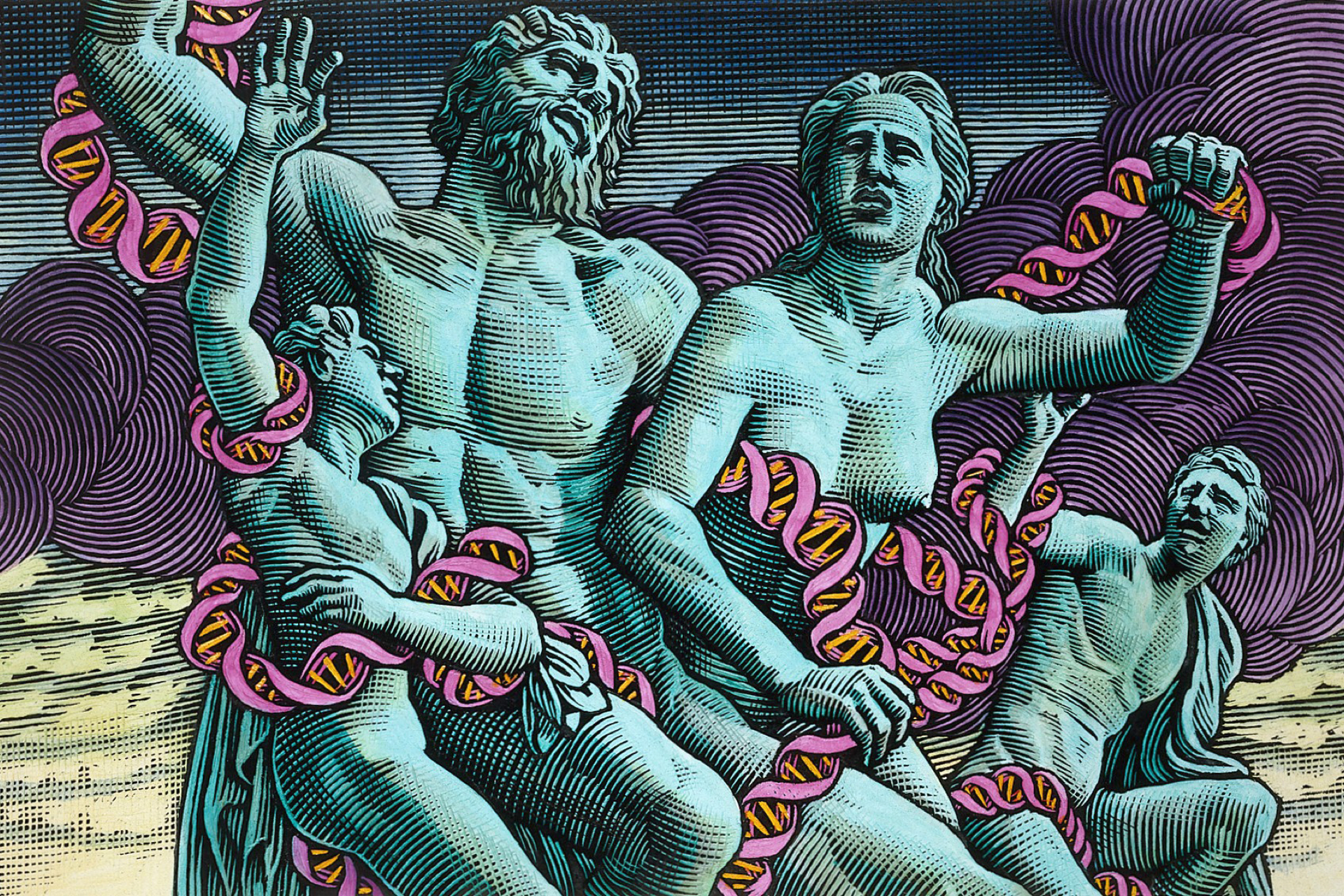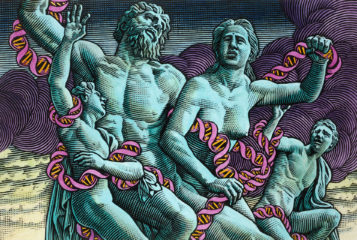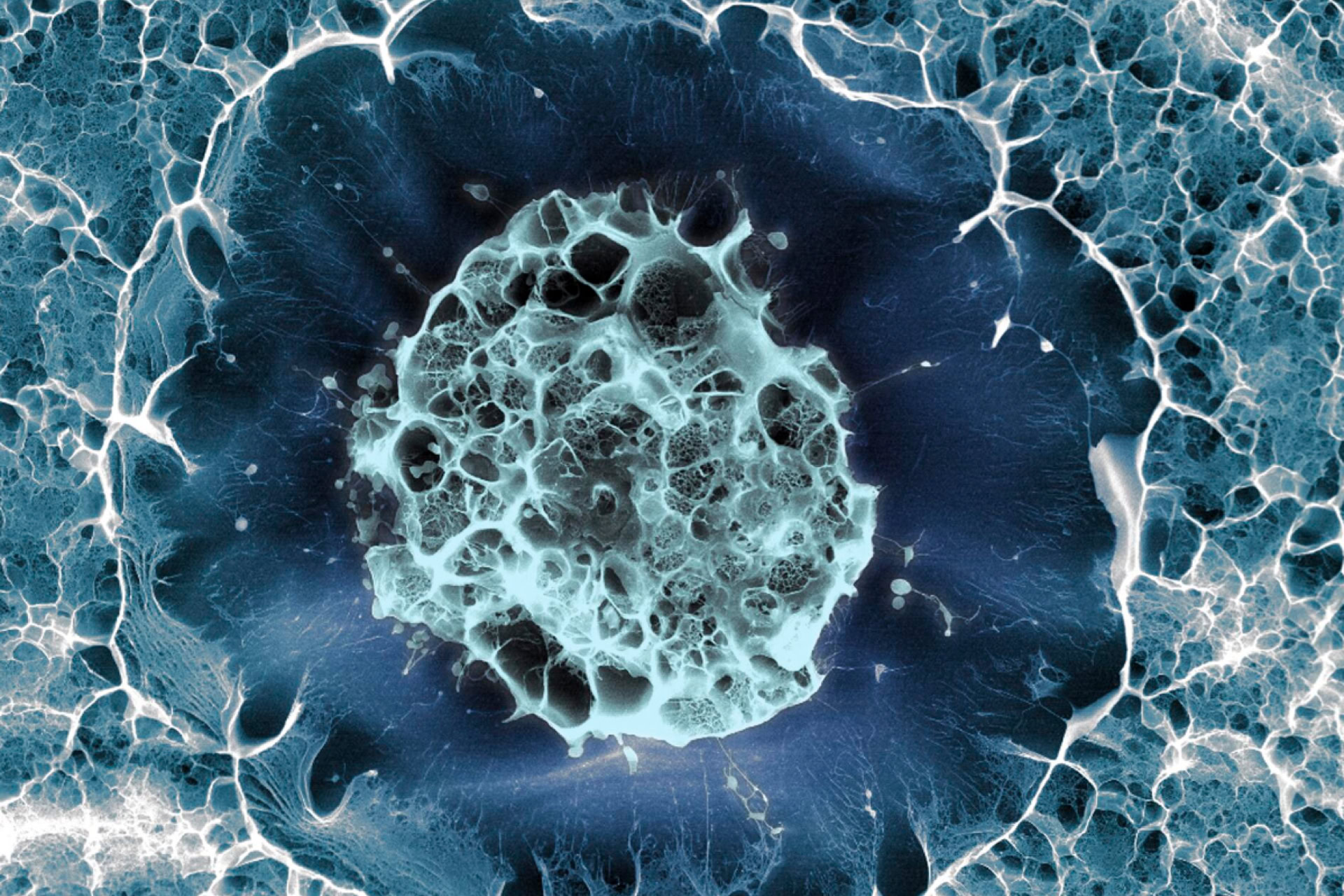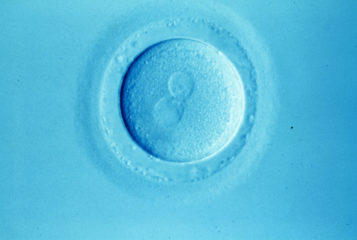Scientists in the US have published details of two human embryonic stem cell (ES cell) lines grown without the use of animal products. WiCell, a biotechnology company, worked to develop the new culture medium with scientists from the University of Wisconsin-Madison (UWM). The work is reported in the journal Nature Biotechnology.
Currently, federally-funded researchers in the US are not permitted to work on ES cell lines created after 9 August 2001. But scientists believe that cell lines created before this date have little or no clinical application, having been derived using mouse or other animal 'feeder' cells. Many scientists and other campaigners have called on President Bush to change his policy, but the President has resisted any attempts to change the law, even saying that he would veto any bill that was passed allowing funding for ES cell research to be extended. Tenneille Ludwig, the lead scientist in the project, said that the breakthrough 'helps us clear some of the major hurdles for using these cells therapeutically'. However, the new cell lines will not be able to be used in clinical applications, as both developed chromosomal abnormalities. But James Thomson, the first person to grow ES cells in the laboratory, said that the cell lines weren't intended for this - they were created purely as 'proof-of-principle' lines, he added.
Meanwhile, in the state of New Jersey, a proposal to spend $380 million of state funds on ES cell research has suffered a setback. Democrats in the State assembly could not get enough votes in favour of the proposal and so have put it on hold. If they fail to gain enough support for it by 10 January - the end of the legislative session - the proposal will have to be brought back in during the new session and the procedure started again.
In January 2005, Codey, the acting State Governor, pledged to invest $380 million in ES cell research in the state. In July, the state Senate approved, by 21-14 votes, a bill which would allocate $150 million to the construction of a dedicated ES cell research centre. The rest of the money would come from a $230 million bond referendum for research grants. Last month, New Jersey became the first state to issue public money to ES cell research, when a panel awarded three grants to research projects involving ES cells. Neil Cohen, who worked with Codey on the ES cell funding proposal, says that he will draft a new package of measures to put before the state legislature in 2006, in the hope that they can be passed in time to get the issue onto the November ballot.
Meanwhile, in the state of Delaware, the House of Representatives has held a public hearing of arguments from supporters and opponents of a bill that would prohibit human reproductive cloning and the sale of human embryos, while allowing cloning procedures to be used for research purposes. Senate Bill 80 would also allow ES cell research to take place on embryos left over from fertility treatments and donated for research. However, it would not provide for any state funds to be given over for ES cell research. The bill, sponsored by state Senator Robert Venables and state Representative Deborah Hudson, was approved by the state Senate last June. A House vote is scheduled on the bill for 12 January. State Governor Ruth Ann Minner has already indicated that she will sign the bill if it is passed.
Sources and References
-
Codey initiatives set for Assembly defeat
-
Stem cell breakthrough raises hopes of new treatments
-
Delaware House Holds Public Hearing on Stem Cell Research Bill Ahead of Vote
-
U.S. scientists grow stem-cell lines in new medium






Leave a Reply
You must be logged in to post a comment.